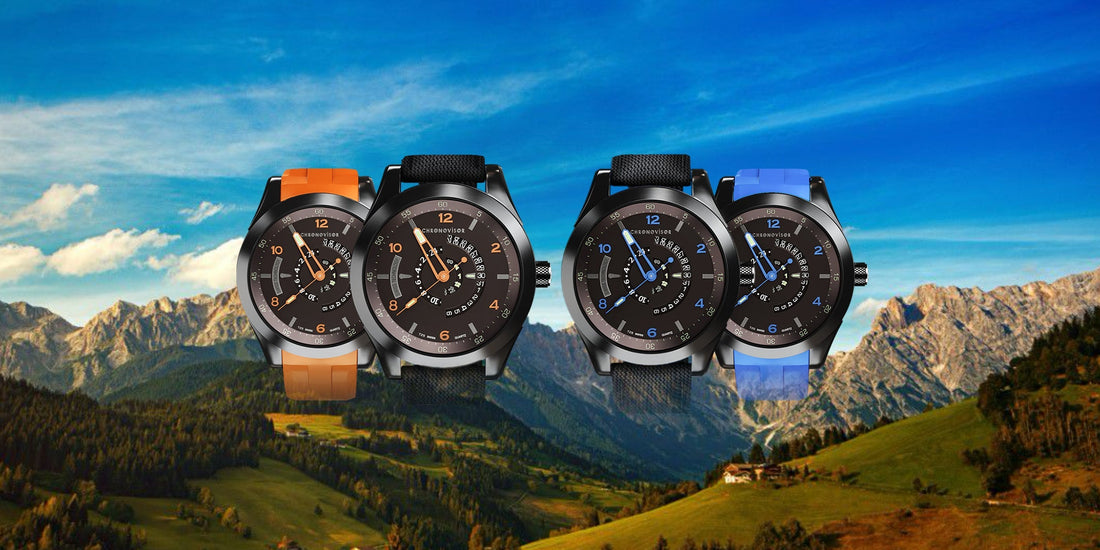
The History of Watchmaking - From Crafted to Innovation
Watchmaking is one of humanity’s most remarkable blends of artistry and engineering. More than just a way to measure time, watchmaking has shaped culture, fashion, and technology for centuries. From medieval clockmakers to today’s precision-driven innovators, the story of watchmaking is also the story of our evolving relationship with time itself.
The Origins of Watchmaking
The roots of watchmaking trace back to 13th-century Europe, when early mechanical clocks began appearing in cathedrals and town squares. These monumental structures were not portable, but they introduced the mechanical principles — gears, escapements, and regulated movements — that would later be miniaturized into personal timepieces.
By the 15th century, the first portable watches emerged in Germany. Known as “Nuremberg eggs,” these early watches were spherical, bulky, and far from precise. Yet, they represented the first step in bringing timekeeping from public squares into the hands of individuals.
The Golden Age: Switzerland and Beyond
The 16th and 17th centuries marked the true golden age of watchmaking. Switzerland, which would later dominate the industry, rose as Huguenot refugees from France brought their horological expertise to Geneva. Craftsmen refined watchmaking techniques, adding not only precision but also beauty.
By the 18th century, complications such as perpetual calendars, repeaters, and moonphase indicators showcased both the technical mastery and artistic ambitions of watchmakers. Luxury became intertwined with innovation.
Industrialisation and Mass Production
The 19th century saw another revolution: industrialization. American companies like Waltham and Elgin pioneered mass production methods that made watches more affordable, reliable, and widely available. Swiss watchmakers responded with improved craftsmanship and marketing, establishing the “Swiss Made” label as a mark of excellence.
The Quartz Crisis and Revival
The 1970s Quartz Crisis was a turning point. Japanese brands, led by Seiko, introduced quartz-powered watches that were cheaper and more accurate than traditional mechanical ones. The Swiss industry nearly collapsed, but instead of fading, it redefined itself. By focusing on mechanical mastery, luxury branding, and heritage, Swiss watchmaking rebounded, paving the way for modern icons like Rolex, Omega, and Patek Philippe.
Watchmaking Today
Today, watchmaking balances heritage and innovation. Traditional mechanical craftsmanship exists alongside smartwatches, while independent microbrands are redefining what a modern watch can look like. For collectors and enthusiasts, watches remain more than time-telling devices: they are symbols of culture, design, and individuality.
Conclusion
The history of watchmaking reflects centuries of craftsmanship, resilience, and reinvention. From cathedral clocks to cutting-edge horology, watchmaking continues to evolve, but its core remains unchanged: the pursuit of measuring time with precision and beauty.



